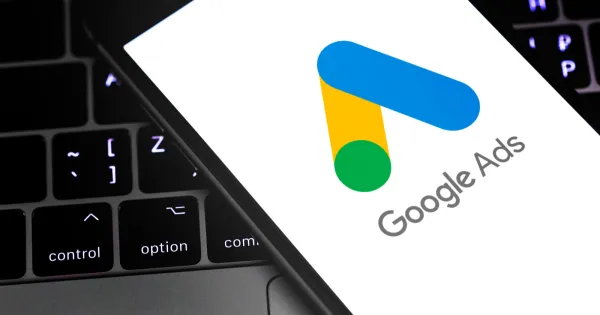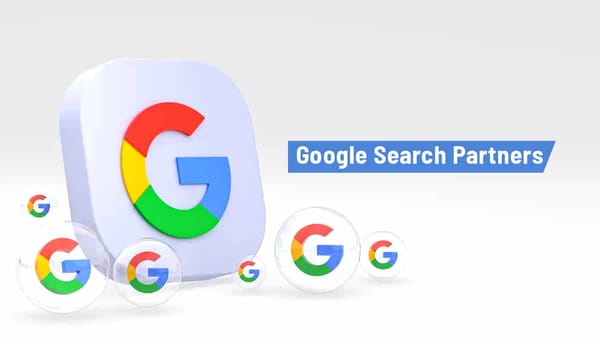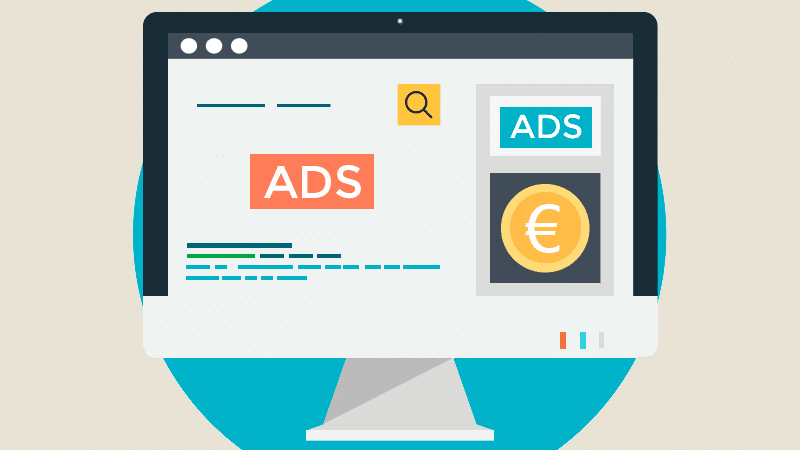How AI-Generated Text is Detected? Methods, Accuracy, and Challenges

Introduction
With the rise of AI-powered writing tools like ChatGPT, Bard, and Jasper, detecting AI-generated content has become a critical concern for educators, content creators, and businesses. While AI text can be highly fluent and coherent, it often follows specific patterns that make it distinguishable from human writing.
So, how is AI-generated text detected? What techniques are used to analyze and differentiate it from human-written content? This article explores the technology behind AI detection, its accuracy, and its limitations.
What is AI-Generated Text?
AI-generated text refers to content produced by artificial intelligence models trained on vast datasets of human writing. These models, like GPT-4 and Claude, use deep learning and natural language processing (NLP) to generate text that mimics human writing.
Common uses of AI-generated text include:
- Blog posts and articles
- Product descriptions
- Social media captions
- Academic writing and essays
- Chatbot responses
While AI-generated content can save time and improve productivity, it also raises concerns about plagiarism, misinformation, and authenticity.
How AI-Generated Text is Detected
AI detectors analyze text based on specific characteristics that distinguish AI-generated content from human writing. Here’s a breakdown of the main detection methods:
1. Perplexity and Burstiness Analysis
- Perplexity Score: AI-generated text tends to have lower perplexity, meaning it is more predictable than human writing. Detectors measure how "surprising" a text is to determine if it was written by AI.
- Burstiness: Human writing varies in sentence length and complexity, while AI-generated text often maintains a uniform pattern.
2. Linguistic Pattern Recognition
- AI-generated text often lacks personal expression, originality, and emotion.
- Detectors compare the fluency, coherence, and sentence structures against known human-written texts.
3. Machine Learning Models and Training Data
- AI detectors are trained on large datasets containing both AI-generated and human-written text.
- They use deep learning models to identify common AI-generated patterns.
4. Probability Scoring and AI Watermarking
- AI-generated text is analyzed using probability models to predict how likely it is to be AI-written.
- Some AI tools may introduce invisible markers (AI watermarking) to indicate AI-generated content.
5. Semantic and Contextual Analysis
- AI text often relies on statistical predictions rather than true understanding.
- Advanced detectors analyze whether the content lacks logical connections, nuance, or personal insights.
Accuracy of AI Detectors
AI detectors have varying levels of accuracy depending on several factors:
1. Length of the Text
- Longer samples provide more reliable results.
- Short texts are harder to classify accurately.
2. AI Model Advancements
- New AI models are becoming more sophisticated, making detection more difficult.
- AI-generated text now mimics human writing more closely.
3. False Positives and False Negatives
- False positives: Human-written content is mistakenly flagged as AI-generated.
- False negatives: AI-generated content is incorrectly identified as human-written.
4. Hybrid Content Challenges
- Many writers use AI tools for assistance but modify the text, making detection harder.
- Mixed AI-human content can bypass detectors.
Popular AI Detection Tools
Several AI detection tools are used across industries to verify content authenticity:
1. GPTZero
- Designed for educators to detect AI-generated academic writing.
- Uses burstiness and perplexity analysis.
2. Turnitin AI Detector
- Widely used in universities to check for AI-generated plagiarism.
- Sometimes flags human writing as AI-generated.
3. Copyleaks AI Detector
- Provides percentage-based detection results.
- Adapts to new AI models frequently.
4. ZeroGPT
- Analyzes text for AI patterns and provides confidence scores.
- Free for general use.
Limitations of AI Detection
Despite advancements, AI detectors have several weaknesses:
1. Difficulty in Detecting Well-Edited AI Content
- AI-generated text that has been reworded or modified may go undetected.
- Paraphrasing tools can make AI content seem human-written.
2. Risk of Misidentifying Human Text
- AI detectors sometimes misclassify well-structured human writing as AI-generated.
- This can lead to false accusations in academic and professional settings.
3. Evolving AI Models
- AI models continue to improve, making detection more challenging.
- Future models may integrate more randomness and human-like variability.
The Future of AI Detection
As AI-generated content becomes more common, AI detection tools will need to evolve. Future improvements may include:
- Enhanced deep learning models to detect AI-written text with greater accuracy.
- Integration with writing platforms to provide real-time AI detection.
- Cross-media detection for AI-generated images, videos, and voice content.
While AI detection technology is not perfect, it remains an important tool in ensuring transparency and authenticity in digital content.
Conclusion
AI-generated text is detected using perplexity analysis, linguistic pattern recognition, probability scoring, and machine learning models. While AI detectors can identify AI-written content with reasonable accuracy, they face challenges such as false positives, evolving AI models, and hybrid content.
As AI continues to advance, detection tools must adapt to keep up with increasingly sophisticated AI-generated content. However, human judgment will always play a crucial role in verifying content authenticity.




